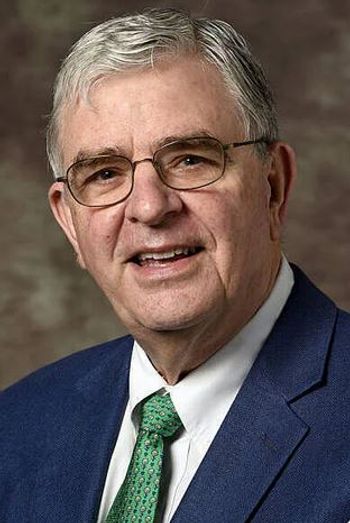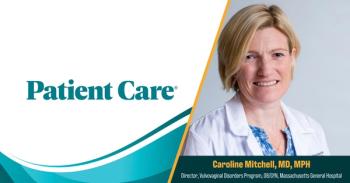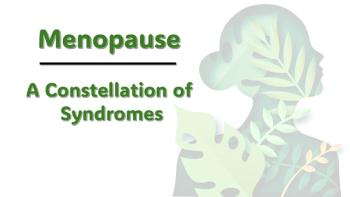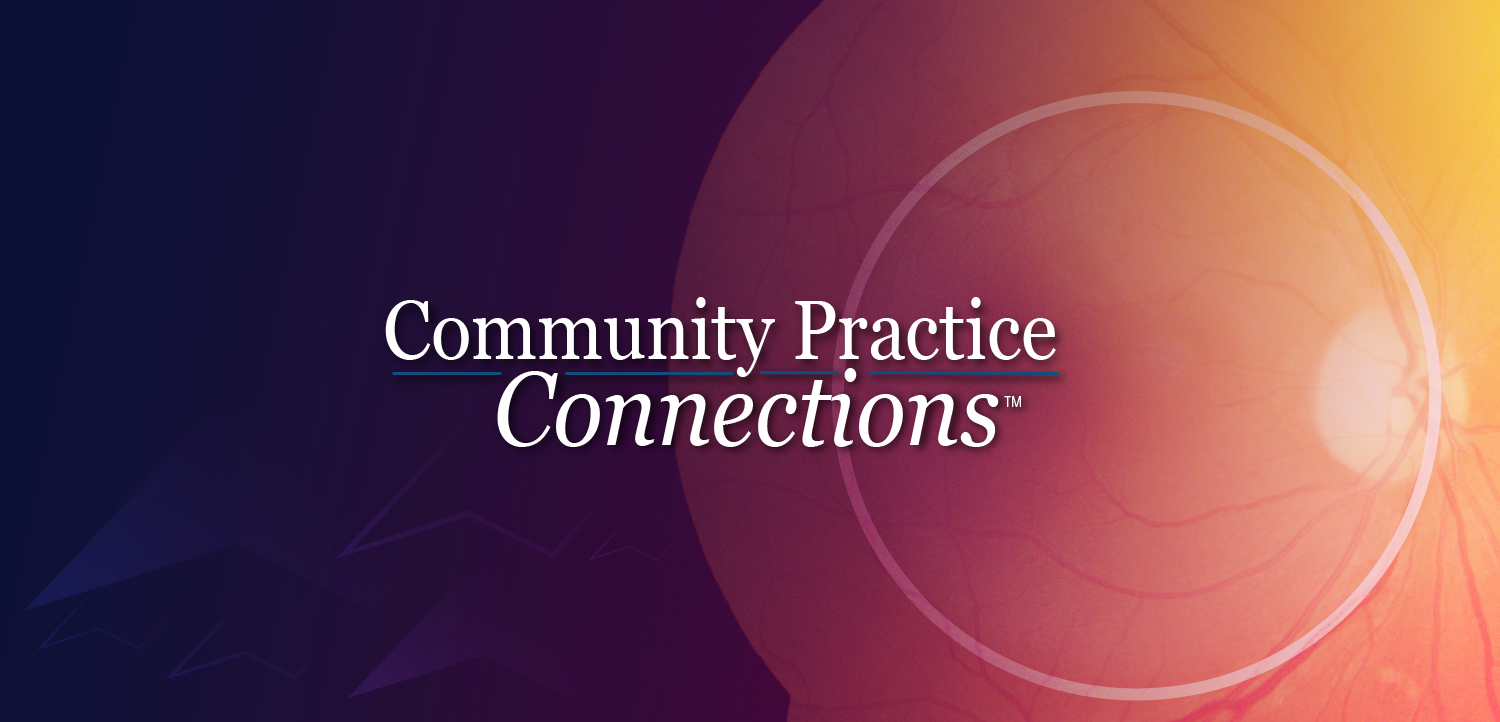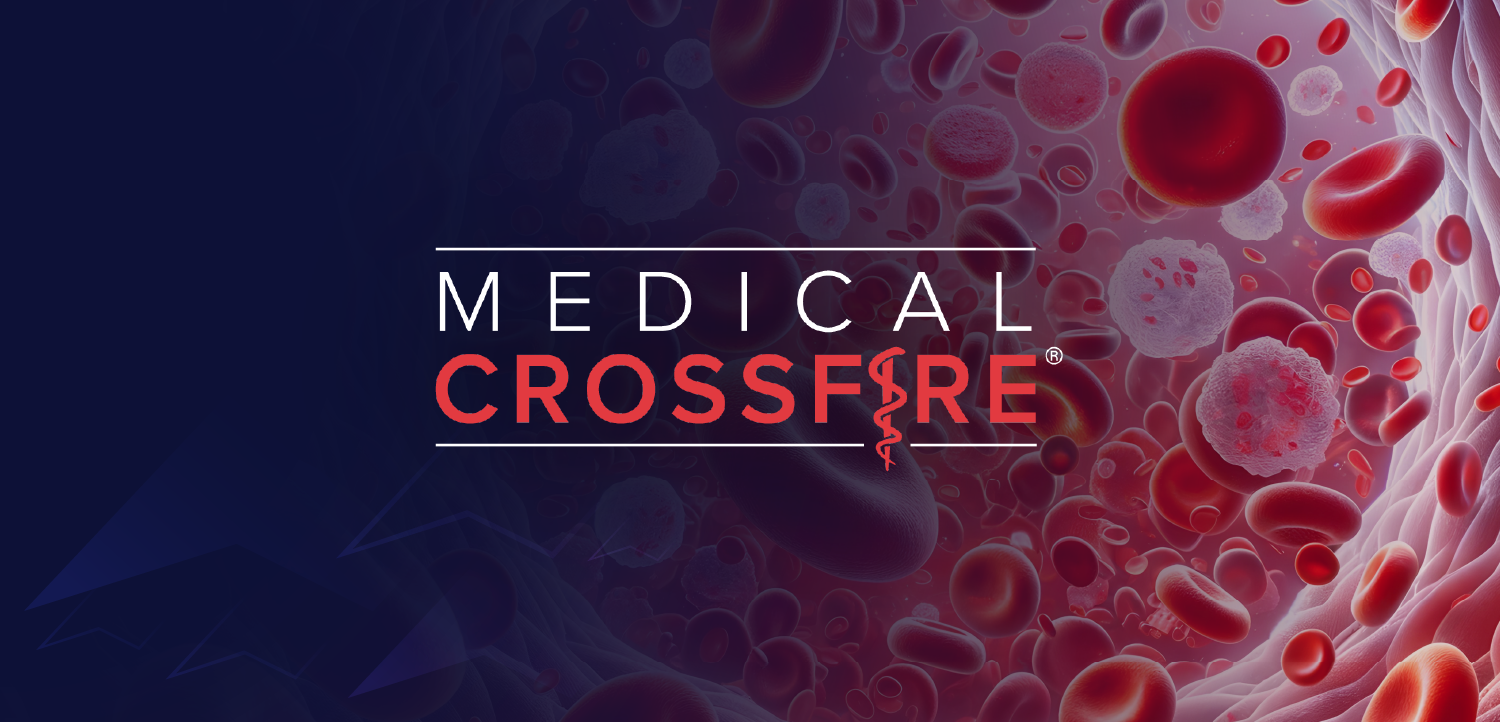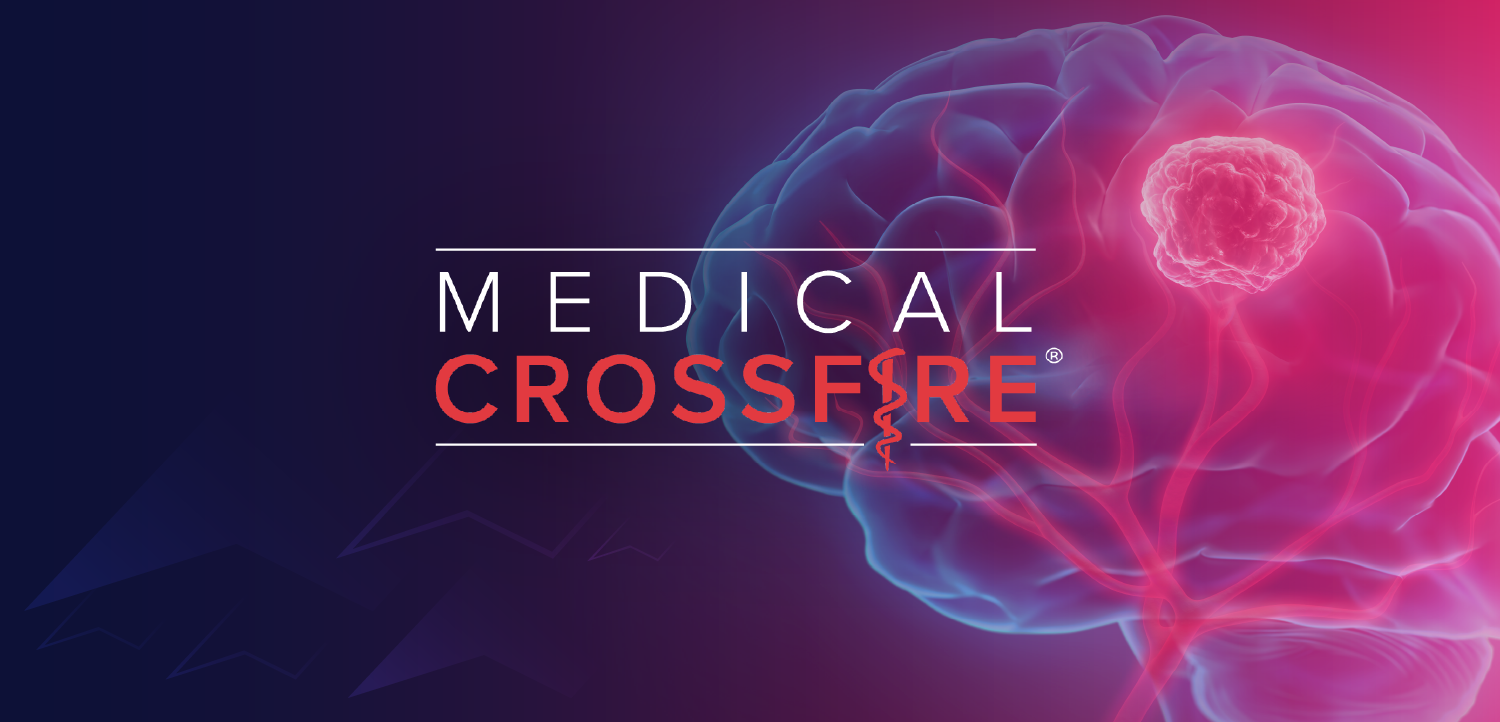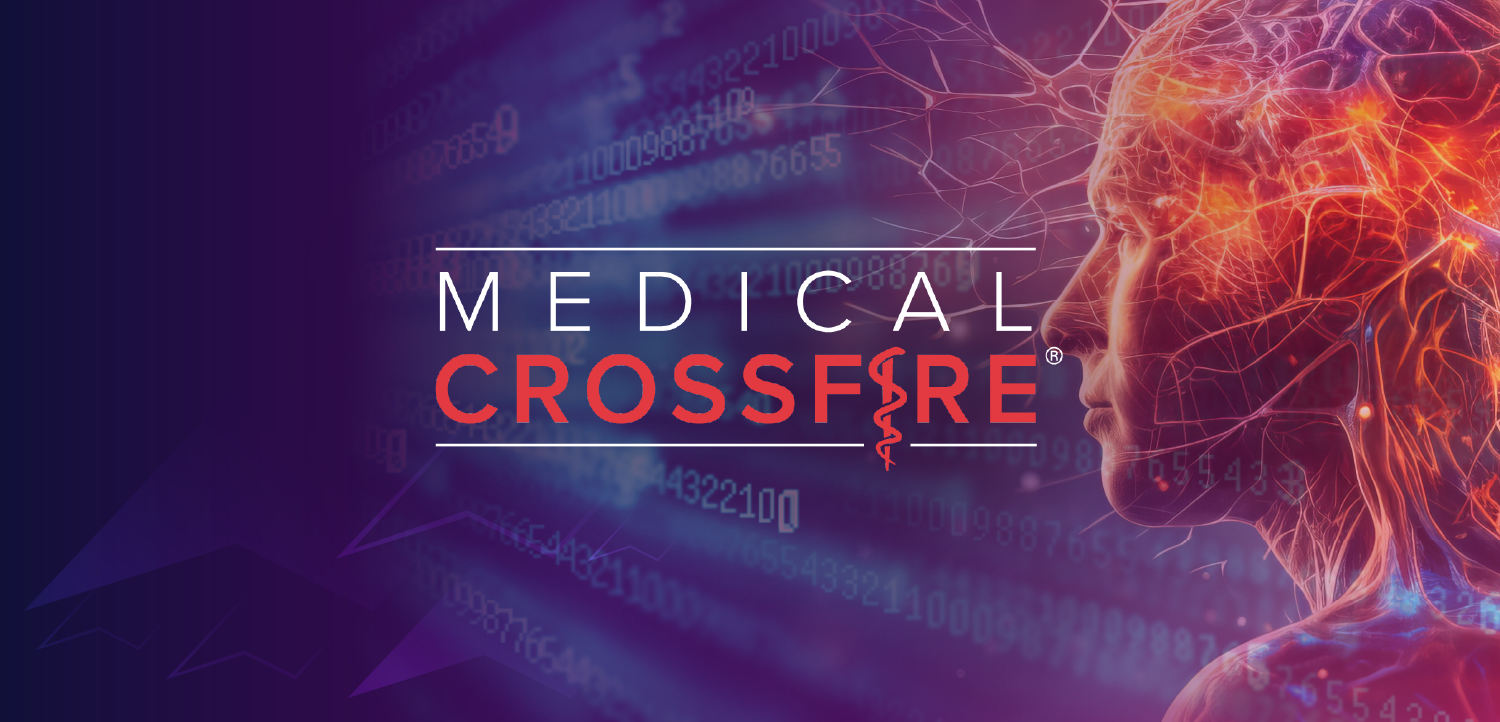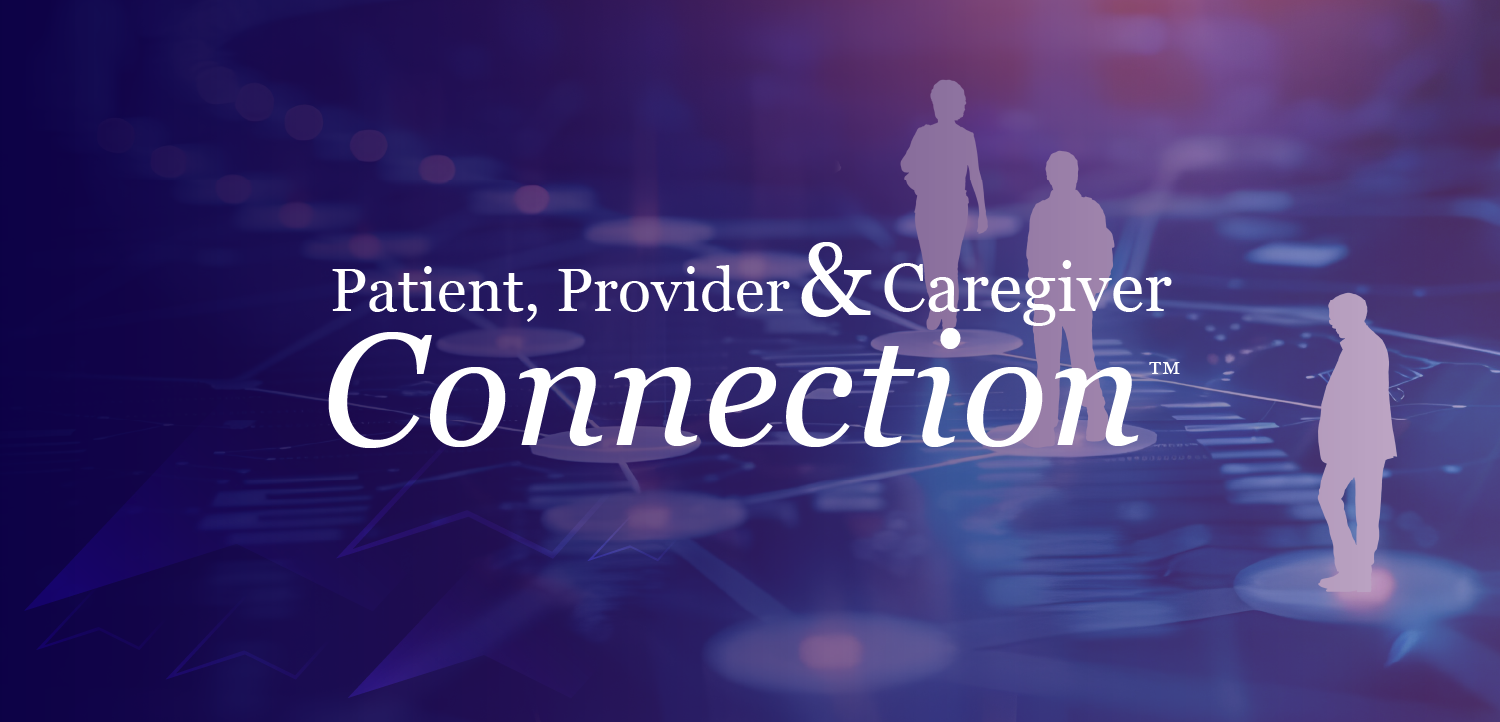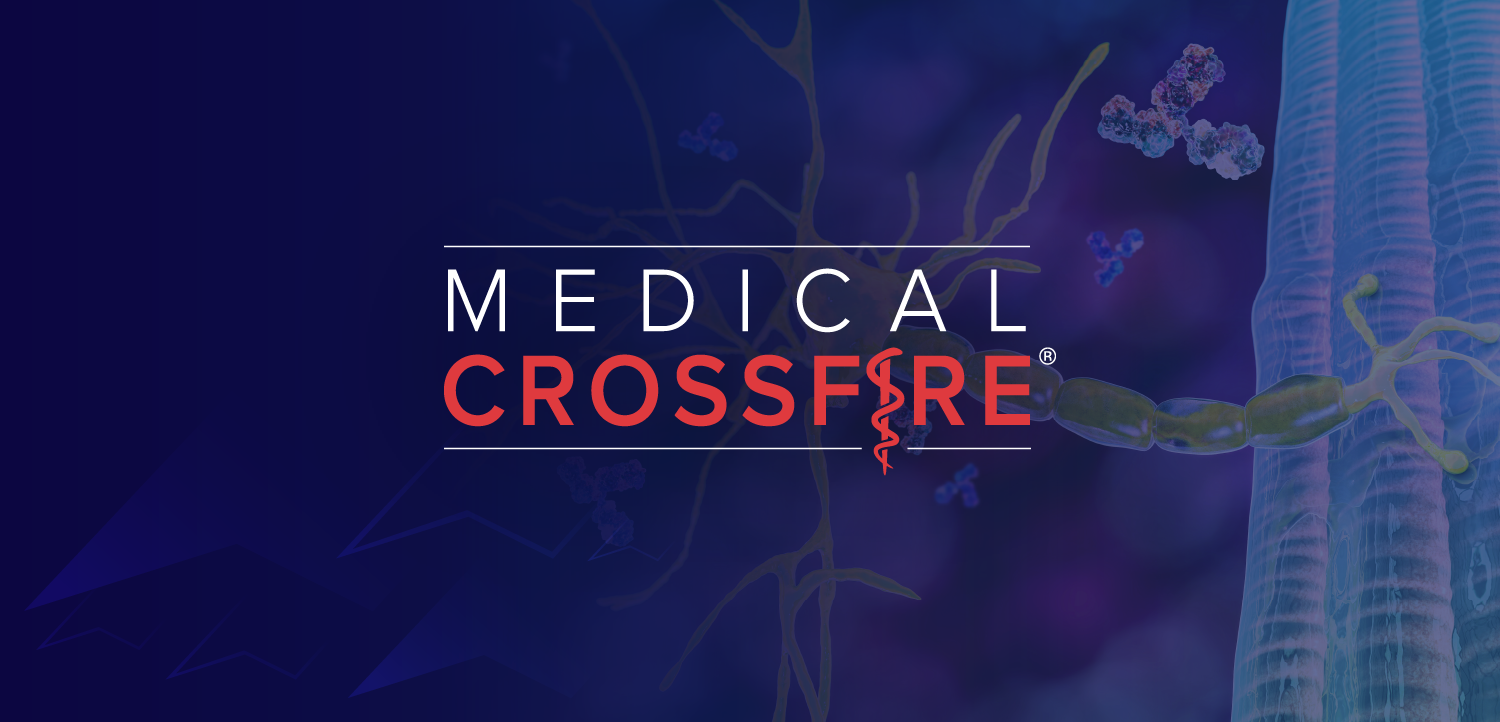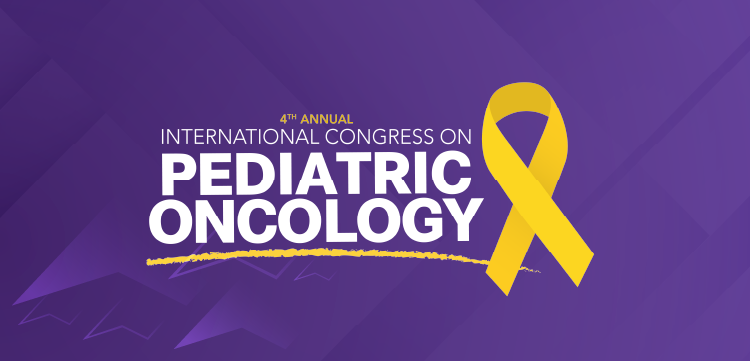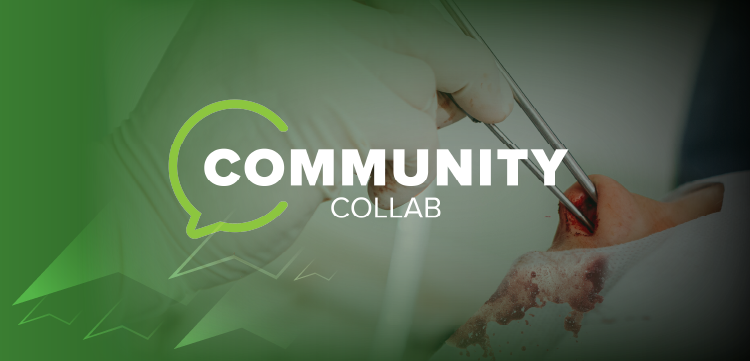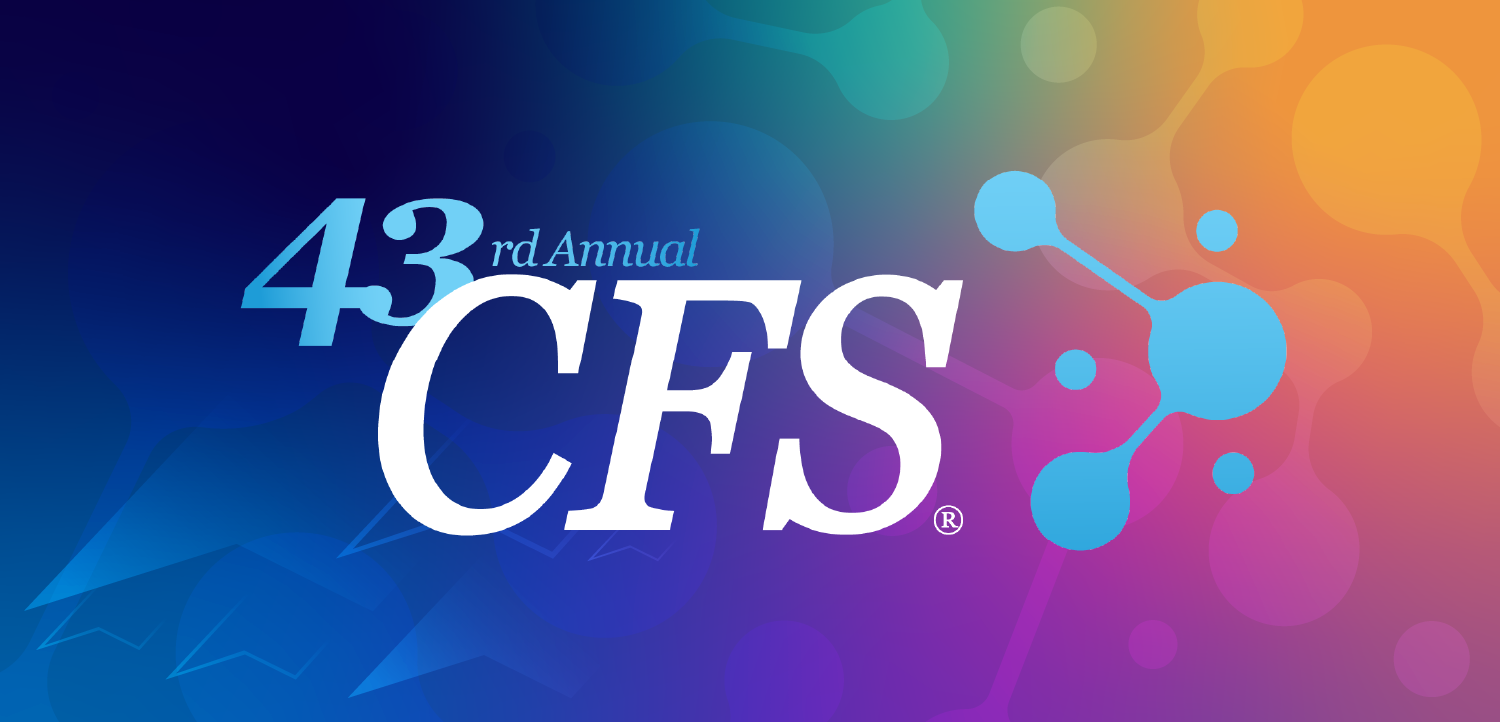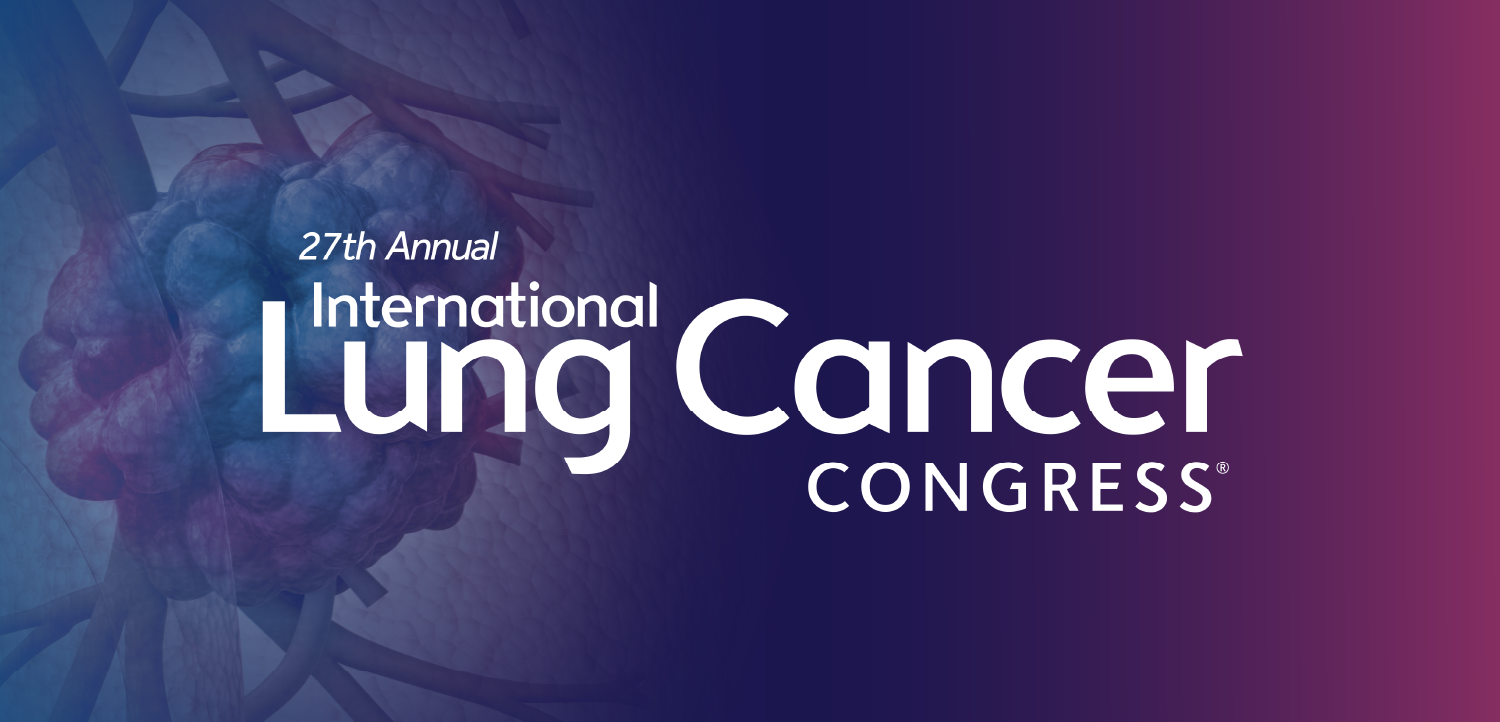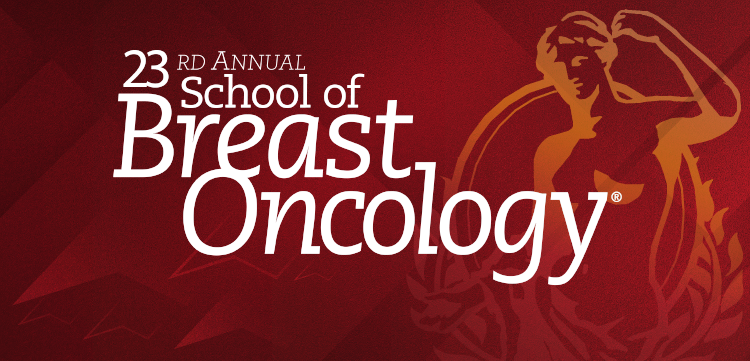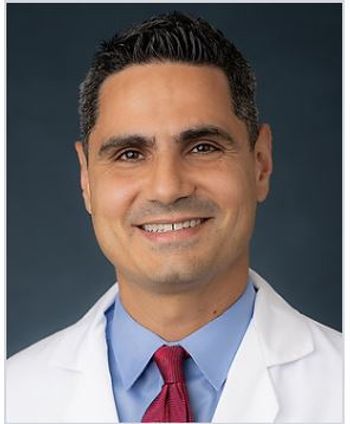
The Collapse of Primary Care?
According to the American College of Physicians, we are facing "a looming collapse of the nation’s primary care."
The American College of Physicians (ACP) annual meeting offered
There has been a steady decline of medical students and residents pursuing careers in primary care specialties, including general internal medicine said Dr. Donna Sweet, Chair of the ACP Board of Regents. At the same time, many of those already in practice are nearing retirement and others are under such stress that they are looking for an exit strategy.
I knew that the drop in the number of young physicians choosing primary care as their specialty was a trend that has been building for years. At their 2005 annual meetings, both the ACP and the
But now the rhetoric is escalating to a looming collapse of the nation's primary care. Invoking the apocalyptic vision of a collapse reportedly caused some soul-searching by members of the ACP Board, but they decided to start ringing the alarm bells in hopes of moving Congress, the
As befitting an association of internists, the ACP unveiled a wide-ranging, multi-faceted strategy to try to head off this complex problem. Policy papers were issued on the primary-care workforce needed to care for retiring boomers, major changes in internal medicine residency and training, and rebalancing the Medicare payment system to boost reimbursement for evaluation and management services. For more details on the ACP recommendations, you can download the following papers at
Redesigning Training for Internal Medicine Creating a New National Workforce for Internal Medicine Reform of the Dysfunctional Healthcare Payment and Delivery System
Some of the recommendations appear to me to be a long and hard sell: including changing hospitals' view of residents as inpatient manpower to give trainees more exposure to ambulatory care and convincing CMS and other medical specialists to cut reimbursements for procedures to free up resources to reward cognitive services more generously.
Changing the financial incentives, however, may be the most potent and quickest strategy for change. The median medical student debt has risen to $100,000 for those who went to public medical schools and $135,000 for those who went to private medical schools and 5% of students carry debts of more than $200,000. The ACP recommended new loan deferment, repayment, and forgiveness programs linked to careers in primary care. And it called once again for new models for paying physicians for coordinating care of patients with chronic diseases and even separate payments for email consultations.
The good news is that the numbers of applicants for medical school has remained high, according to
So when my Congressmen come calling to solicit my vote in this Fall's elections, I'm going to ask what they're doing to prevent the collapse of primary care just when I'm going to start needing it more. Hey, now this is personal!
See why
If you'd like to comment on this article, please send your thoughts to
Newsletter
Enhance your clinical practice with the Patient Care newsletter, offering the latest evidence-based guidelines, diagnostic insights, and treatment strategies for primary care physicians.

